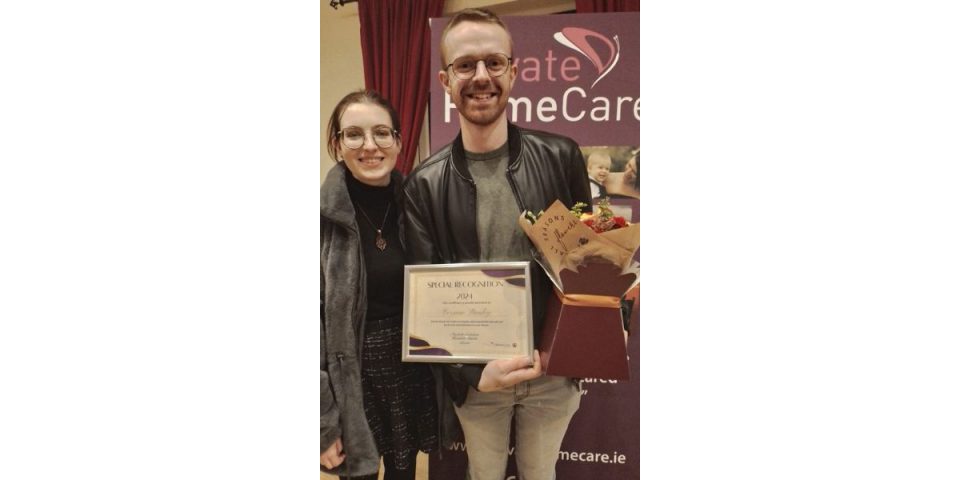
Special Recognition Award 2024
December 27, 2024
Stay Safe from Recruitment Scams
August 13, 2025Carer Spotlight: Miriam Kavanagh Invents Beanbag Bingo!


Private HomeCare Carer Miriam Invents Beanbag Bingo
Miriam Kavanagh has always been drawn to caring for others. A full-time mother for many years, she didn’t initially think she could work as a carer without the appropriate qualifications. However, Private Home Care assured her that she could train through them.
“I’ve been working with Private HomeCare for about a year now,” Miriam says. “I only have two modules left, and then I’ll be fully qualified. Right now, I’m doing the QQI Palliative Care module, and next, I’ll choose between IQQI ntellectual Disabilities or Work Experience. I think I’ll go with the QQI Intellectual Disabilities.”
Balancing Studying and Working
Miriam faced a learning curve when starting her studies. “I never had a laptop or computer,” she admits. “I have four kids, and the youngest is 14. They had laptops, but I never did. I had to figure out how to turn a computer on! But since I had helped my kids with their schoolwork over the years, once I got the hang of the assignments, I was fine.”
Caring for a Stranger vs. Family
Miriam had personal experience caring for a family member before becoming a professional carer. When asked how it differs from caring for a stranger, she says, “There’s no difference. I treat all my clients like family. I get to know them, and they know I’m there if they need me.”
She also understands the challenges families face. “It’s stressful for them. They have their own jobs and families, and sometimes they just need 30 minutes or an hour to step away. That’s where we come in—we give them that break.”
Inventing ‘Beanbag Bingo’
As part of her QQI Care of the Older Person course to work as a carer, Miriam needed to create an activity for Activities Day. She wanted to think outside the box.
“Most people like bingo, so I thought—how can I make a game that’s more accessible for people with cognitive or physical challenges?”
Her original idea was a tabletop game where players toss a light beanbag onto a board. However, after testing it with clients, one woman who had suffered a stroke suggested placing the board on the floor instead. That small change made the game even more inclusive.
Miriam created the board using a wooden frame from a discount store, large coloured sheets of cardboard, and a marker for numbering. The game is simple: each player gets three chances to throw a light beanbag onto the board. If your beanbag lands on number 4, you earn 4 stars. After 3 goes each, the person with the highest number of stars is the winner. “The beanbags are easy to grip, not too heavy, and won’t cause injury. I’ve found that people really get into it—they cheer, clap, and have a great laugh.”
A Low-Cost, Fun Alternative
As a mother, Miriam is used to coming up with creative, budget-friendly ways to entertain. She even has a DIY alternative for beanbags: “You can fill the toes of socks with rice—Penneys sells socks with separate toes that work well. It’s a cheap and fun way to make your own.”
Her game has been a hit, not just with older clients but with their families too. “Their kids and grandkids love playing it—it’s something everyone can enjoy.”
And the name of her invention? Beanbag Bingo.
A New Chapter
Reflecting on her journey, Miriam says, “I’ve spent years raising my kids, and now it’s time for me. I absolutely love working as a carer.”


